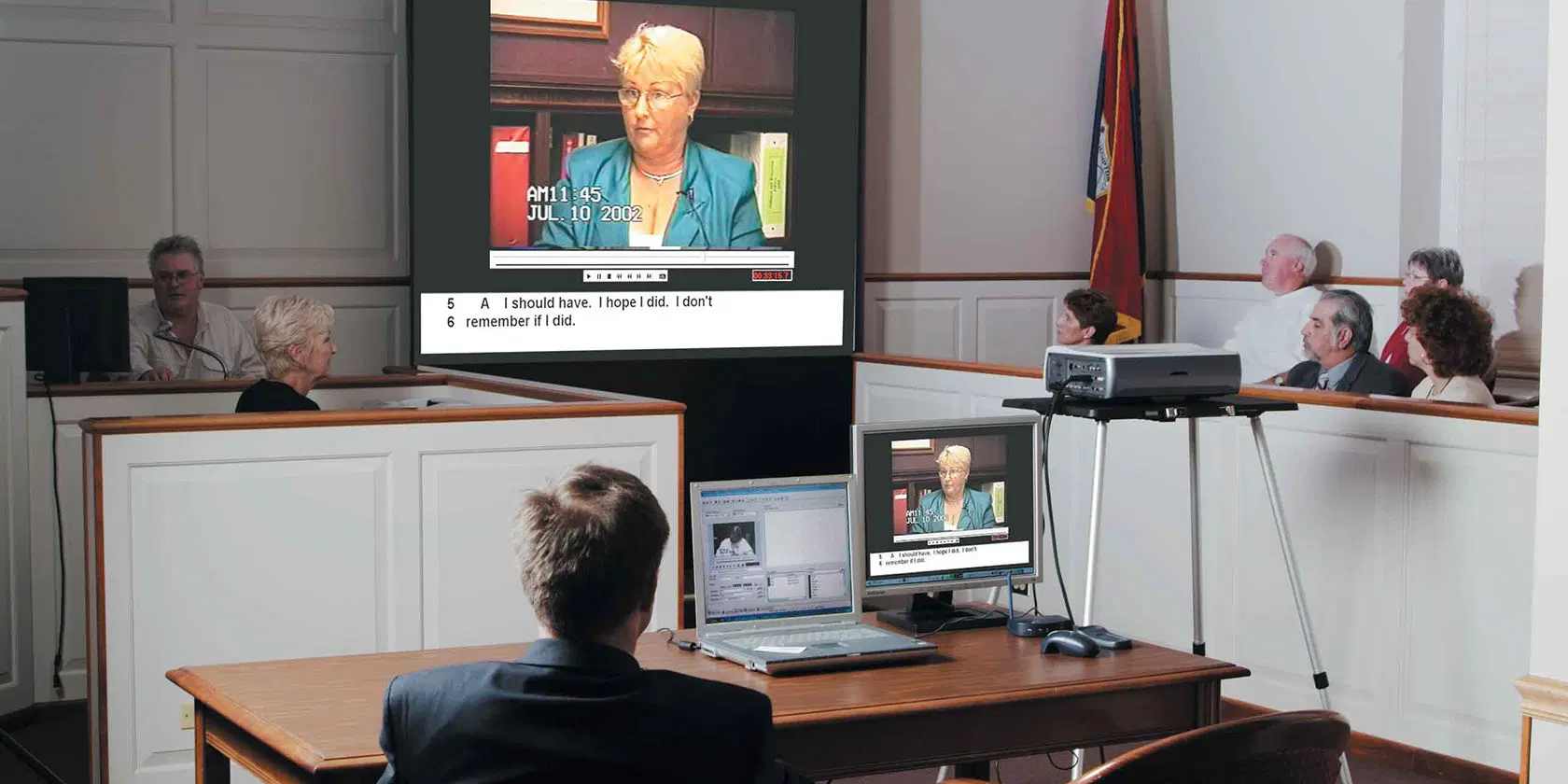Transform case evidence into impactful trial presentations that make an impression.
Exactly How Trial Presentations Enhance Your Argument and Convince Jurors
Test discussions act as an essential mechanism for improving lawful disagreements and encouraging jurors. By integrating aesthetic help, narrative frameworks, and psychological involvement, attorneys can develop an engaging instance that resonates on numerous degrees. The critical use visuals not just clears up complicated information yet also captures jurors' interest better than words alone. Nevertheless, the art of storytelling plays a just as crucial function in transforming factual proof into a compelling story, shaping jurors' perceptions - trial presentations. Understanding these components can significantly affect trial outcomes, elevating the inquiry of how each component adds to this detailed dynamic.

Significance of Visual Help
Visual aids play a critical function in enhancing the performance of test presentations, as they can significantly increase audience engagement and retention of details. In the context of a trial, where jurors are tasked with processing complicated details, aesthetic aids offer to streamline and clear up bottom lines. Charts, graphs, and photos can share information and concepts that may otherwise overwhelm or puzzle jurors, allowing for a more simple understanding of the evidence provided.
Additionally, aesthetic aids help in keeping juror attention throughout the procedures. By breaking the dullness of spoken statement, these tools can punctuate crucial debates, making them a lot more memorable. Reliable aesthetic aids can likewise stimulate psychological actions, which can be crucial in persuading jurors to align with the presenter's story.

Crafting Compelling Stories
A compelling narrative is essential in test discussions, as it functions as the foundation of effective persuasion. It enables lawyers to weave with each other realities, evidence, and psychological components into a coherent story that resonates with jurors. This narrative framework enables jurors to understand the complexities of the case while leading them via the lawyer's disagreement.
To craft a compelling narrative, lawyers should focus on clarity and comprehensibility. This includes establishing a clear protagonist-- frequently the client-- and detailing their trip with the events concerned. Presenting the realities in a logical series enhances comprehension and maintains engagement. In addition, the usage of vivid summaries can develop psychological pictures that help jurors picture the events, making the narrative a lot more unforgettable.
Moreover, incorporating key themes throughout the discussion strengthens the core message and help in retention - trial presentations. The narrative must not only share information but additionally evoke a feeling of justice, highlighting the stakes involved. Inevitably, a sound narrative fosters a link between the jurors and the situation, positioning the attorney's argument as both credible and engaging, thereby increasing the probability of a beneficial verdict

Engaging the Jury Mentally
Effective court engagement hinges on the lawyer's capacity to attach with jurors on an emotional degree. This link can considerably influence jurors' assumptions and their supreme decision-making.
Aesthetic aids, such as pictures or go now videos, can further enhance emotional engagement, supplying jurors with dazzling representations of the instance's human aspects. Crafting a story that highlights the battles and victories of the individuals entailed guarantees that jurors see past the legal disagreements and acknowledge the human consequences of their decisions.
An attorney's enthusiastic delivery can reverberate with jurors, reinforcing their psychological investment in the situation. It's vital to stabilize psychological allures he said with valid evidence, guaranteeing that jurors really feel forced to act while staying based in the truth.
Structuring Your Presentation

The body of the discussion ought to be practically segmented into essential factors, each sustained by compelling proof. It is advantageous to make use of storytelling techniques to weave realities right into a narrative that jurors can easily comply with. Visual help, such as graphes and videos, can improve understanding and involvement, helping to highlight important items of evidence.
Real-World Situation Researches
Checking out real-world study supplies very useful insights right into the art of test presentations and persuasion. The landmark situation of "O.J. Simpson v. The Individuals of California" illustrates exactly how aesthetic original site aids and compelling stories can guide jury understandings. The defense team properly employed a strategy that incorporated top-level specialist testimonies with multimedia discussions, which captivated jurors and eventually influenced their decision.
One more notable instance is the "McDonald's Coffee Instance," where the complainant's lawyers made use of graphic pictures of the injuries received by Stella Liebeck. trial presentations. This plain aesthetic proof played an important duty in sharing the intensity of her burns, causing a considerable jury honor. Such instances demonstrate that impactful test presentations commonly depend upon the effective assimilation of visuals and storytelling to stimulate psychological responses from jurors
In addition, the "Casey Anthony Trial" highlighted the importance of narrative comprehensibility and reliability. The prosecution's failure to develop a compelling timeline reduced their convincing power, underscoring the necessity of a well-structured presentation. Assessing these cases exposes that effective test presentations require tactical preparation, psychological interaction, and the capability to reverberate with jurors' values and beliefs.
Conclusion
Trial presentations dramatically enhance arguments and convince jurors via the strategic usage of visual help, engaging narratives, and emotional interaction. A well-structured presentation equilibriums emotional charms with accurate proof, inevitably resonating with jurors' values.